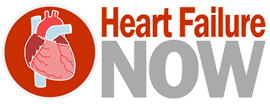Premier - Local Cardiologist
-
What is a ICD
An implantable cardioverter-defibrillator (ICD) is indeed a small device placed in the chest to monitor and regulate heart rhythms. It is primarily used to treat two life-threatening conditions: ventricular tachycardia and ventricular fibrillation.
-
Indications for ICD's and Implantation Technique
An implantable cardioverter defibrillator (ICD) is a battery-powered medical device that is used to monitor and treat abnormal heart rhythms, specifically life-threatening arrhythmias such as ventricular fibrillation and ventricular tachycardia.
It is typically implanted under the skin in the chest area, near the collarbone, and connected to the heart using one or more thin wires called leads.








